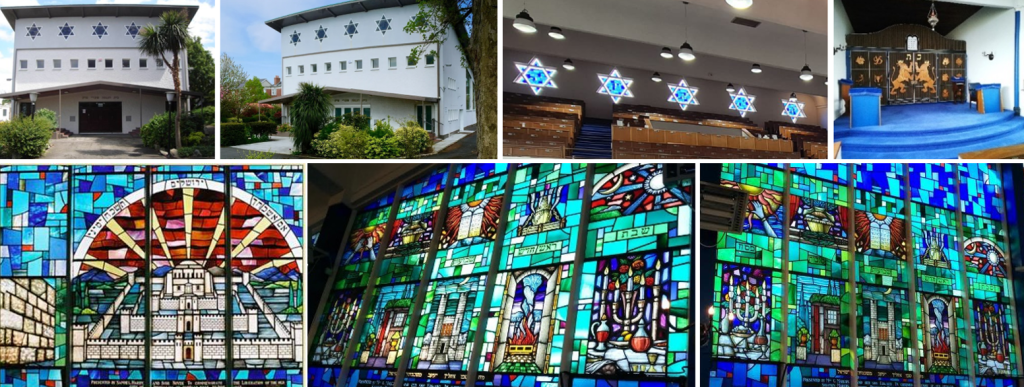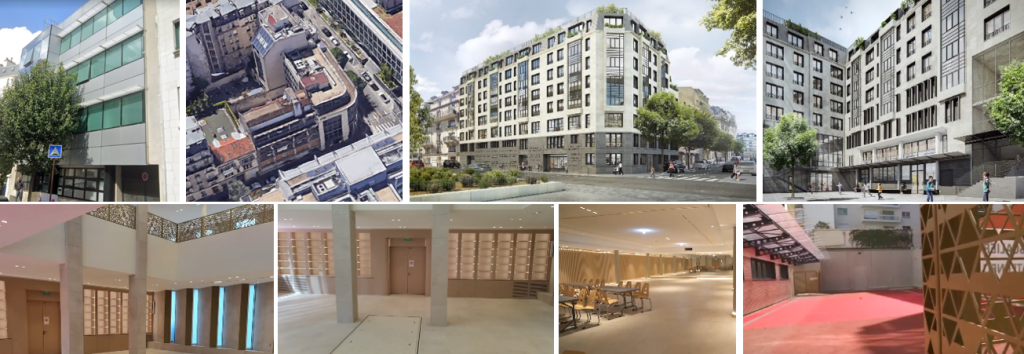
1906
Behar-Bechuqotai (בהר “on the mount” and בחוקותי “according to my rules”), Leviticus, verses 25, 1-27, 34.
The Parsha Behar-Bechhuqotai contains in particular the laws relating to the sabbatical year and the jubilee. It recalls God’s covenant with his people and the promise of their return to their land.
Leviticus 25, 13
בִּשְׁנַת הַיּוֹבֵל, הַזֹּאת, תָּשֻׁבוּ, אִישׁ אֶל-אֲחֻזָּתוֹ.
In this jubilee year, you will each return to your possession.
The Jubilee Synagogue1 is a remarkable building which was built in response to the destruction of many places of worship during the redevelopment of the city at the end of the 19th century. Architects Wilhelm Stiassny and František Fröhlich created a synthesis of different architectural currents, combining elements of Art Nouveau, Hispano-Moorish and Viennese Secession. Opened for worship in 1906 on the occasion of the Simchat Torah holiday. The Jubilee Synagogue is a unique place of worship, which delights visitors with its decorative elements and exceptional design.
1 The synagogue owes its name to the celebration of the jubilee of Emperor Franz Joseph I of Austria in 1898, marking the fiftieth anniversary of his reign. It is also known as the Jerusalem Synagogue, in reference to the street where it is located.










